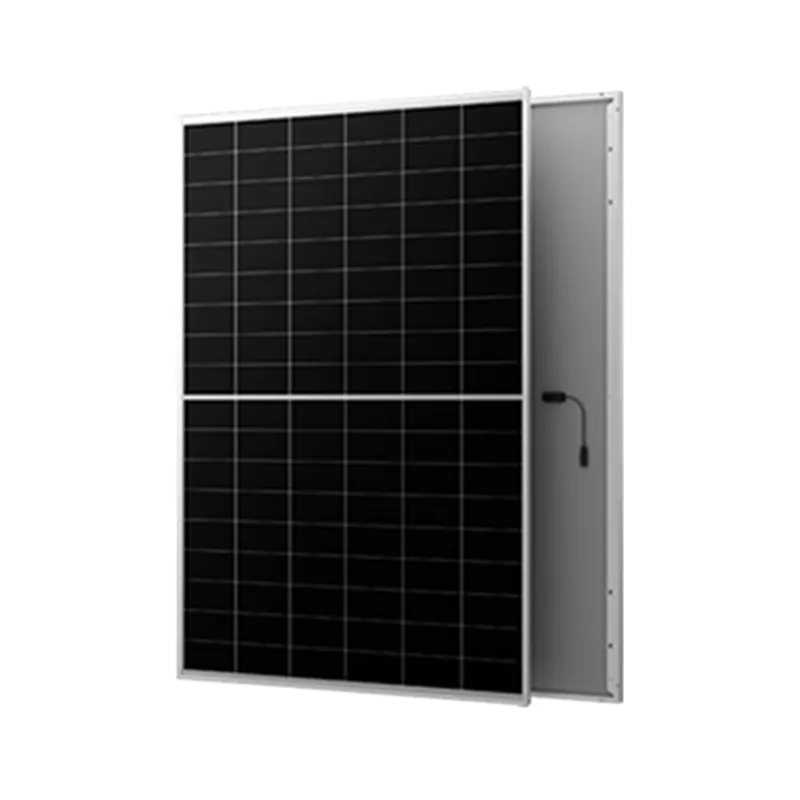Innovative Applications and Benefits of Bifacial Solar Technology in Renewable Energy Solutions
Exploring Bifacial Solar Technology The Future of Renewable Energy
In recent years, the world has witnessed a significant shift towards renewable energy sources, with solar power leading the charge. Among the various advancements in solar technology, bifacial solar panels have emerged as a game-changing innovation. This article delves into what bifacial solar technology is, its benefits, challenges, and its potential to revolutionize the solar energy landscape.
What is Bifacial Solar Technology?
Bifacial solar panels are a type of photovoltaic technology that can absorb sunlight from both sides of the panel. Traditional solar panels, known as monofacial panels, only capture sunlight from the front. Bifacial panels are designed with transparent backsheets or glass on both sides, allowing them to harvest energy from direct sunlight as well as reflected light from the ground or surrounding surfaces. This dual absorption capability enhances their overall energy production, making them a more efficient choice for solar energy generation.
Benefits of Bifacial Solar Panels
1. Increased Energy Output One of the most notable advantages of bifacial solar panels is their ability to generate more electricity than traditional panels. Studies suggest that bifacial panels can produce anywhere from 10% to 30% more energy, depending on installation conditions, ground albedo (reflectivity), and other environmental factors. This increased efficiency can significantly improve the return on investment for solar projects.
2. Durability and Longevity Bifacial panels are typically built with higher-quality materials, often featuring durable glass on both sides. This design not only makes them more resilient against weather elements but also extends their lifespan. Manufacturers often provide warranties of 30 years or more, which is a testament to their durability.
3. Reduced Land Use The higher efficiency of bifacial panels allows for more energy generation per square meter. This characteristic means that solar farms can achieve higher outputs without requiring additional land. Such efficiency is especially valuable in regions where land is scarce or expensive.
bi facial solar

4. Versatility in Installation Bifacial panels can be installed in various orientations, such as fixed-tilt, tracking systems, or vertical installations. Their flexibility allows for innovative installation designs that can maximize energy capture based on site-specific conditions.
5. Environmental Benefits By harnessing more energy from the sun, bifacial solar technology contributes to reducing carbon footprints and reliance on fossil fuels. This transition not only mitigates climate change but also supports global efforts to promote sustainable energy practices.
Challenges and Considerations
Despite their numerous benefits, bifacial solar panels also face some challenges. One of the primary issues is the initial cost. Bifacial panels tend to be more expensive than traditional monofacial panels, which may deter some buyers. However, the long-term energy savings and enhanced efficiency often offset the upfront investment.
Another consideration is the need for suitable installation conditions. To maximize the energy gain from the rear side of the bifacial panels, careful attention must be paid to the surface beneath and around the installation. A highly reflective surface, such as white sand or concrete, can significantly boost energy production, while less reflective surfaces may not yield the expected results.
The Future of Bifacial Solar Technology
As the demand for renewable energy continues to rise, bifacial solar technology is poised for significant growth. With ongoing research and development, manufacturers are working to improve the efficiency, cost-effectiveness, and sustainability of bifacial solar panels. Additionally, as governments worldwide pledge to reduce carbon emissions and invest in renewable energy infrastructure, bifacial technology is likely to play a crucial role in the global energy transition.
In conclusion, bifacial solar technology is at the forefront of innovation in the solar energy sector. With their ability to capture sunlight from both sides, these panels offer increased efficiency, durability, and versatility. While challenges remain, the long-term benefits and potential for expansion make bifacial solar technology an exciting prospect for the future of renewable energy. As more individuals and businesses recognize the advantages of bifacial panels, we may well be on the brink of a solar revolution that paves the way for a more sustainable and greener planet.
-
Unlocking Energy Freedom with the Off Grid Solar InverterNewsJun.06,2025
-
Unlock More Solar Power with a High-Efficiency Bifacial Solar PanelNewsJun.06,2025
-
Power Your Future with High-Efficiency Monocrystalline Solar PanelsNewsJun.06,2025
-
Next-Gen Solar Power Starts with Micro Solar InvertersNewsJun.06,2025
-
Harnessing Peak Efficiency with the On Grid Solar InverterNewsJun.06,2025
-
Discover Unmatched Efficiency with the Latest String Solar InverterNewsJun.06,2025







